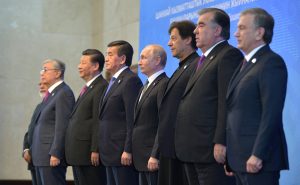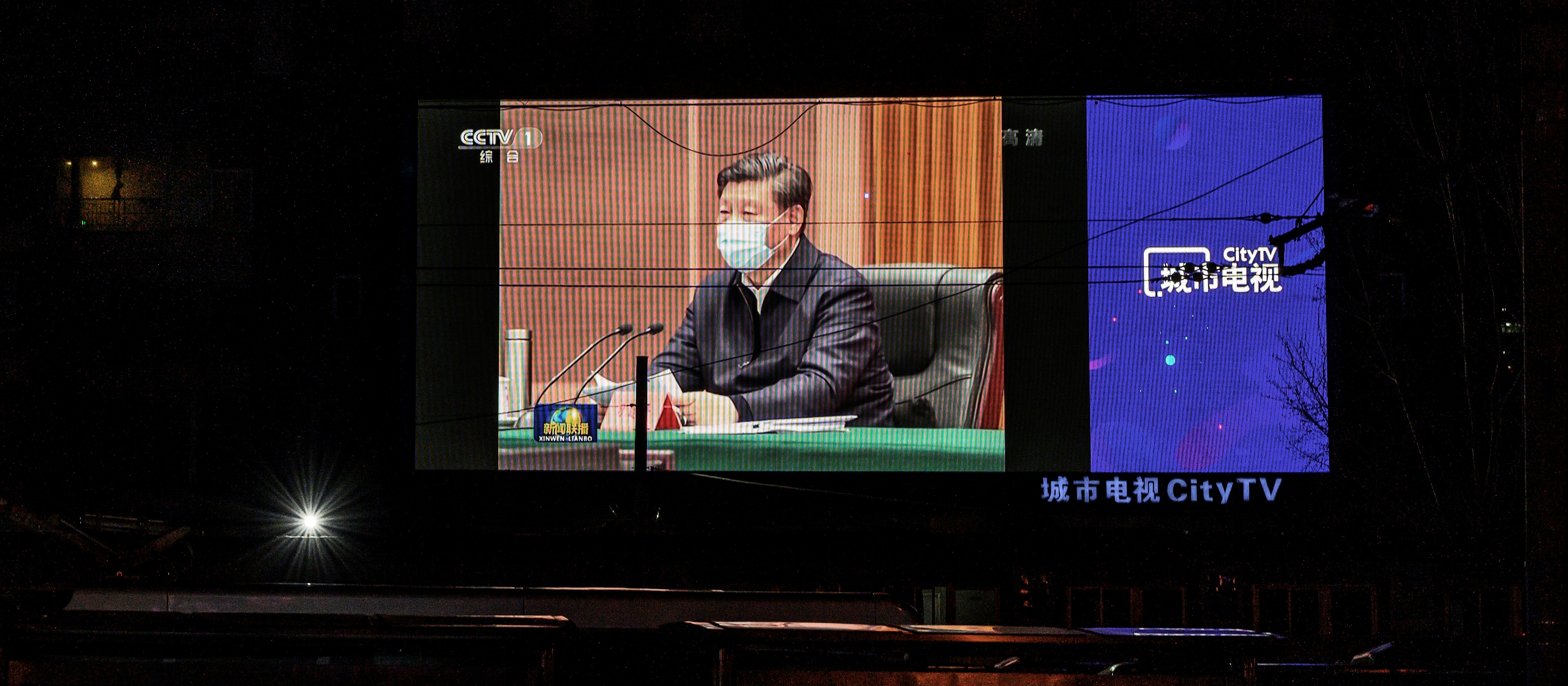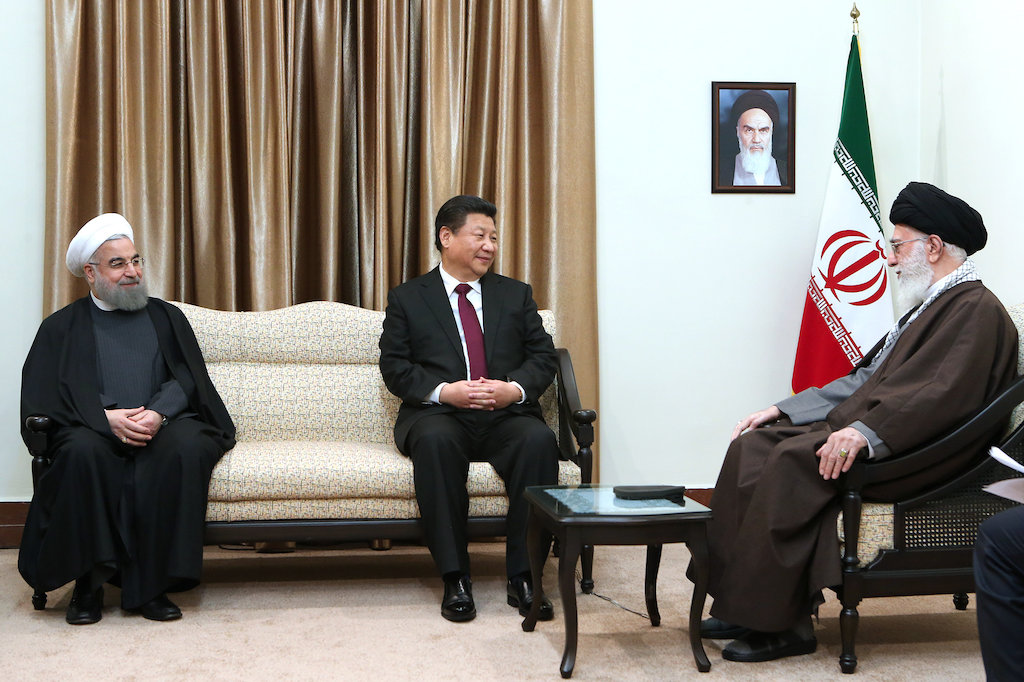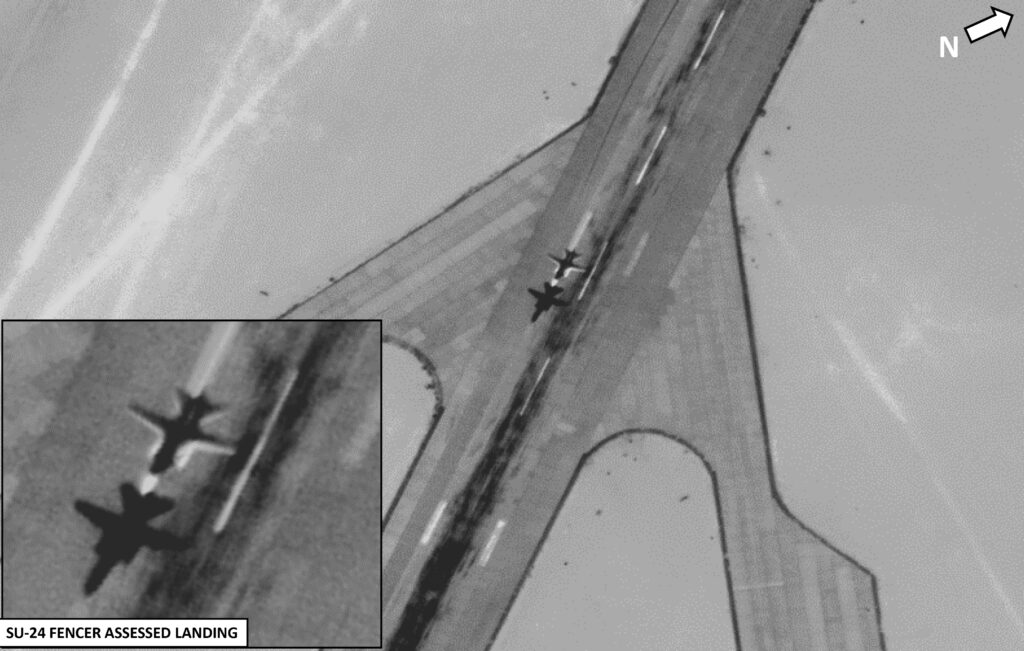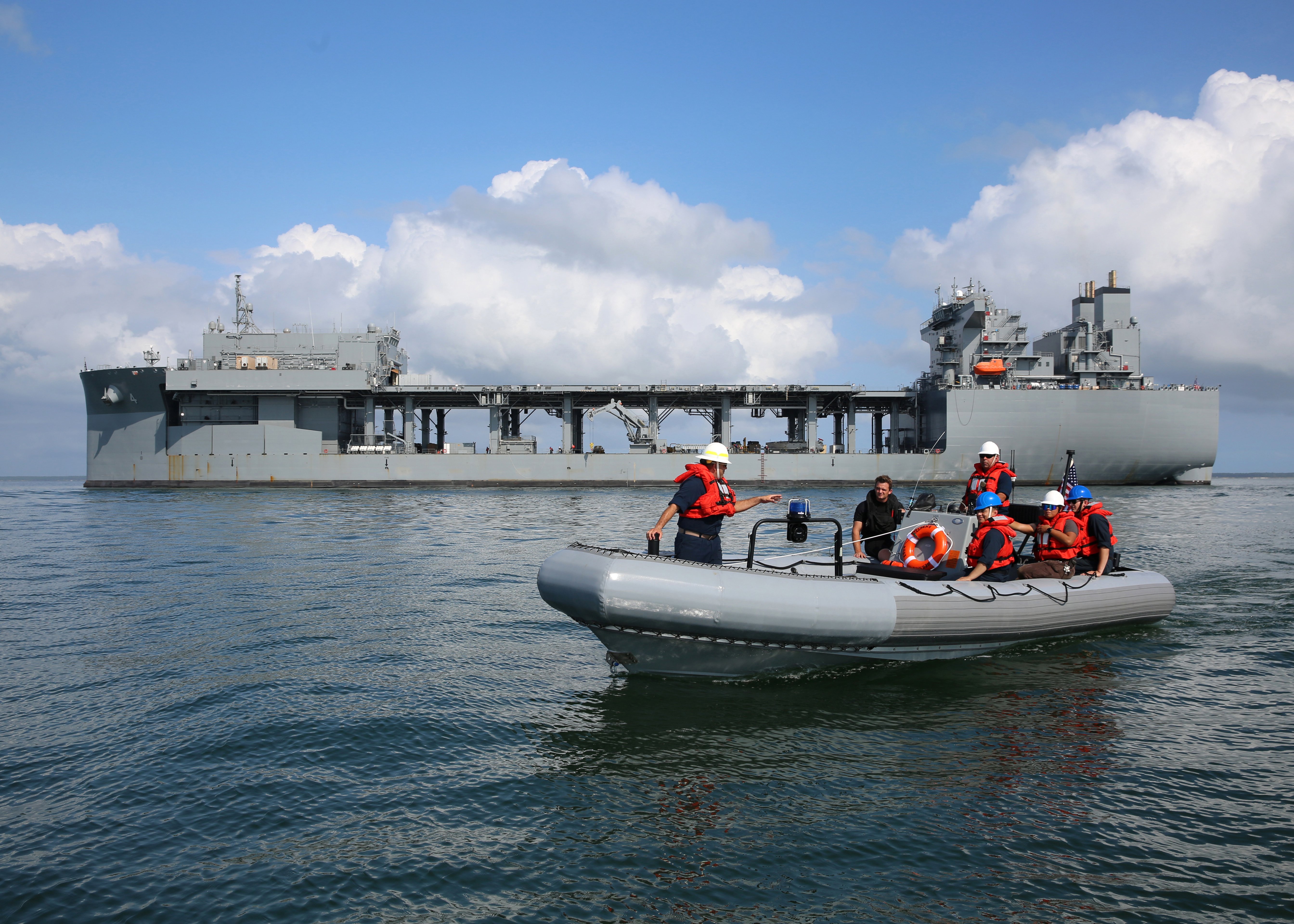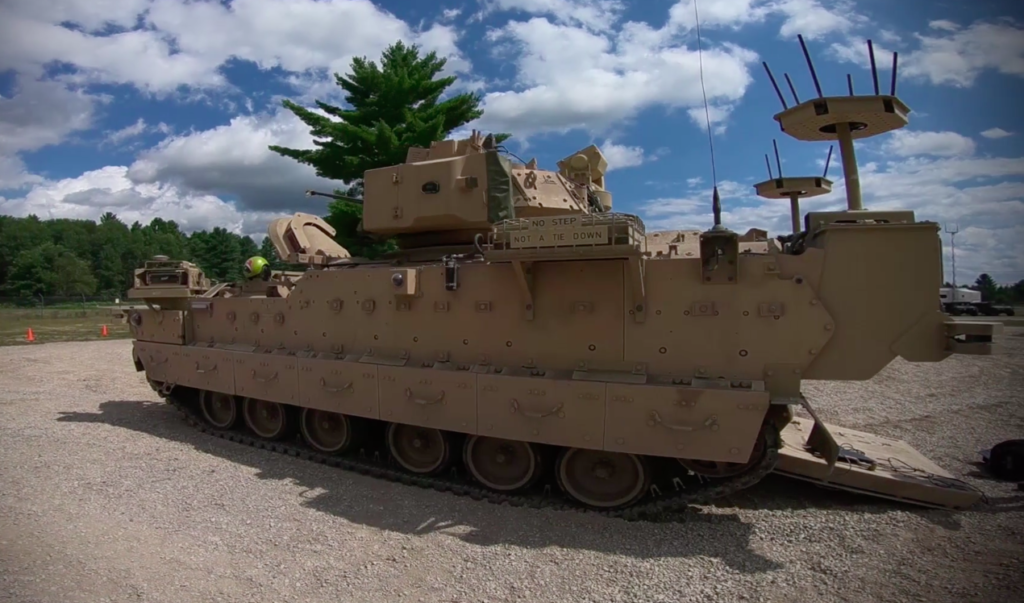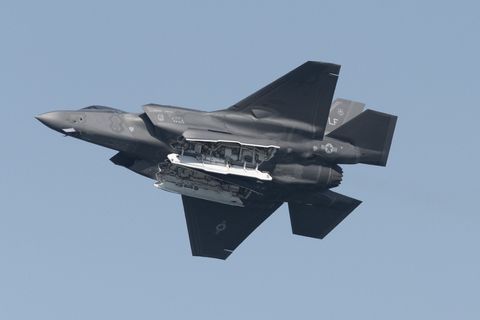 Yet the S-400 deal is problematic. The Pentagon fears that the purchase of the S-400 by India, as well as by NATO-member Turkey, would compromise the security of U.S.-fabricated weaponry. Washington has feared that the deployment of S-400 in both India and Turkey will permit Moscow to obtain information about U.S. radar cross-section and electronic emissions, for example. Unless waivers are granted, Washington has accordingly threatened to sanction states that purchase Russian defense systems—under President Donald Trump’s “Countering America’s Adversaries Through Sanctions Act” or CAATSA.
Yet the S-400 deal is problematic. The Pentagon fears that the purchase of the S-400 by India, as well as by NATO-member Turkey, would compromise the security of U.S.-fabricated weaponry. Washington has feared that the deployment of S-400 in both India and Turkey will permit Moscow to obtain information about U.S. radar cross-section and electronic emissions, for example. Unless waivers are granted, Washington has accordingly threatened to sanction states that purchase Russian defense systems—under President Donald Trump’s “Countering America’s Adversaries Through Sanctions Act” or CAATSA.
In essence, the United States wants India, Turkey (which also seeks to benefit from China’s BRI), and other states, to make a strategic commitment to U.S. technologies and platforms—and thereby recognize that American systems are interoperable and need to communicate with one another. The U.S. fear is that a country cannot place the advanced F-35 fighter jet near an S-400 (or integrate S-400s into U.S./NATO radar systems in the case of Turkey) without exposing high-tech U.S. secrets. Yet Moscow does not seem to possess the same concern with the S-400—as the latter is considered an export model. Moscow generally keeps its more advanced systems in reserve.
In an effort to bypass the threat of CAATSA sanctions, Delhi has considered making payments for Russian arms in euros to a Russia-nominated bank. Delhi has also hoped to establish joint ventures with Russia, and other foreign defense manufacturers, such as Israel, through the “Make in India” initiative. The latter initiative seeks to transfer technology for India itself to produce—as opposed to seeking to obtain licenses in which India would purchase the rights to manufacture all or part of a weapons system. These approaches open the door to Russia which is now offering joint ventures and collaborative research and development programs—with the option that India can produce advanced weaponry in India itself.

